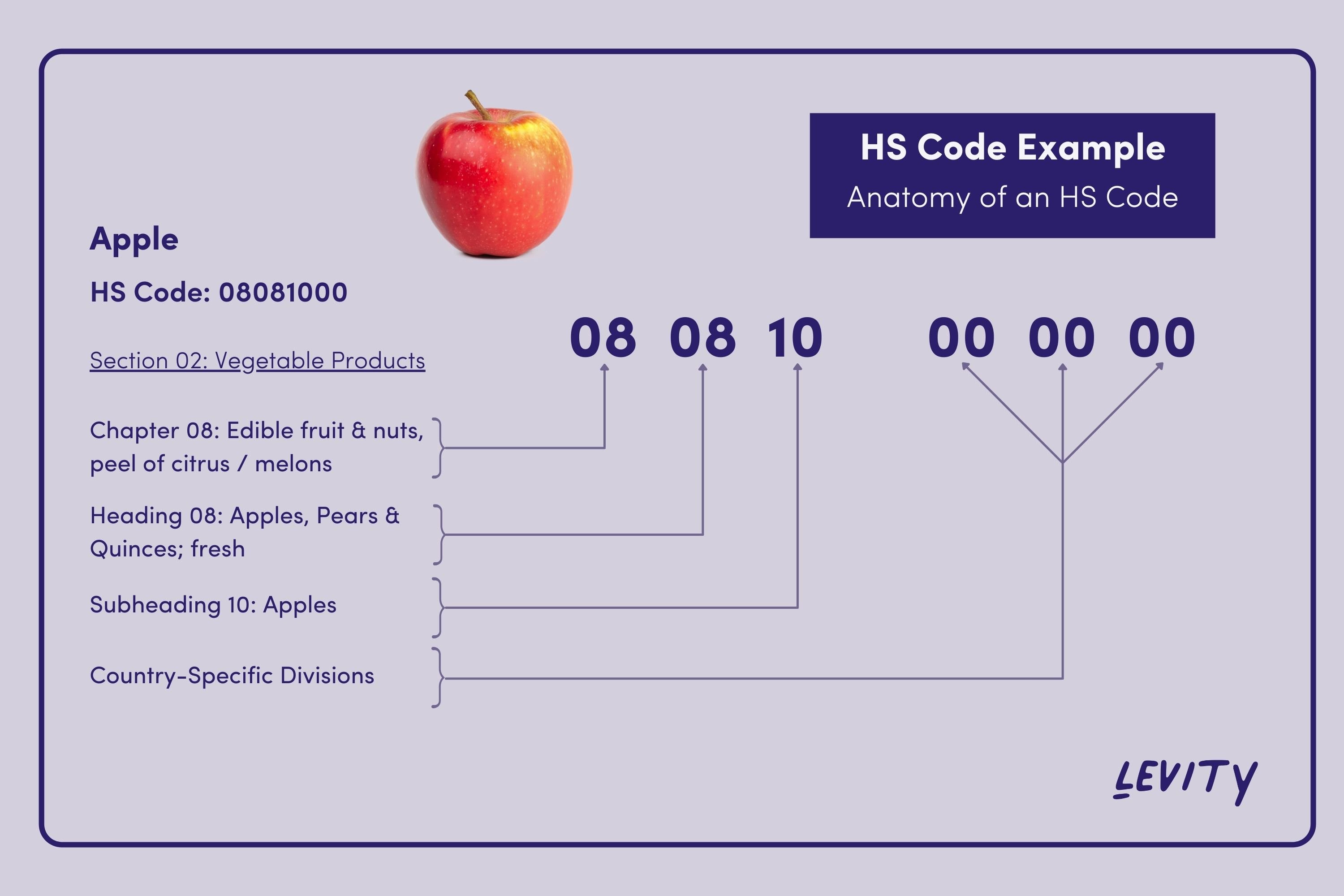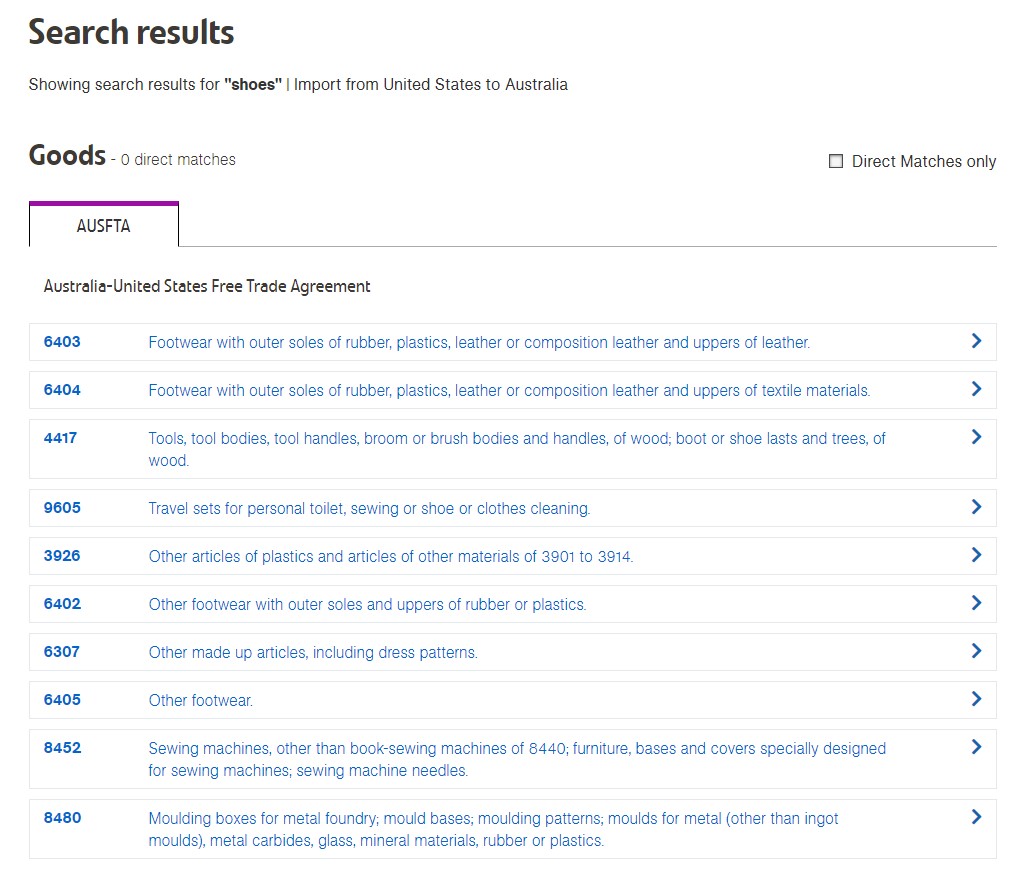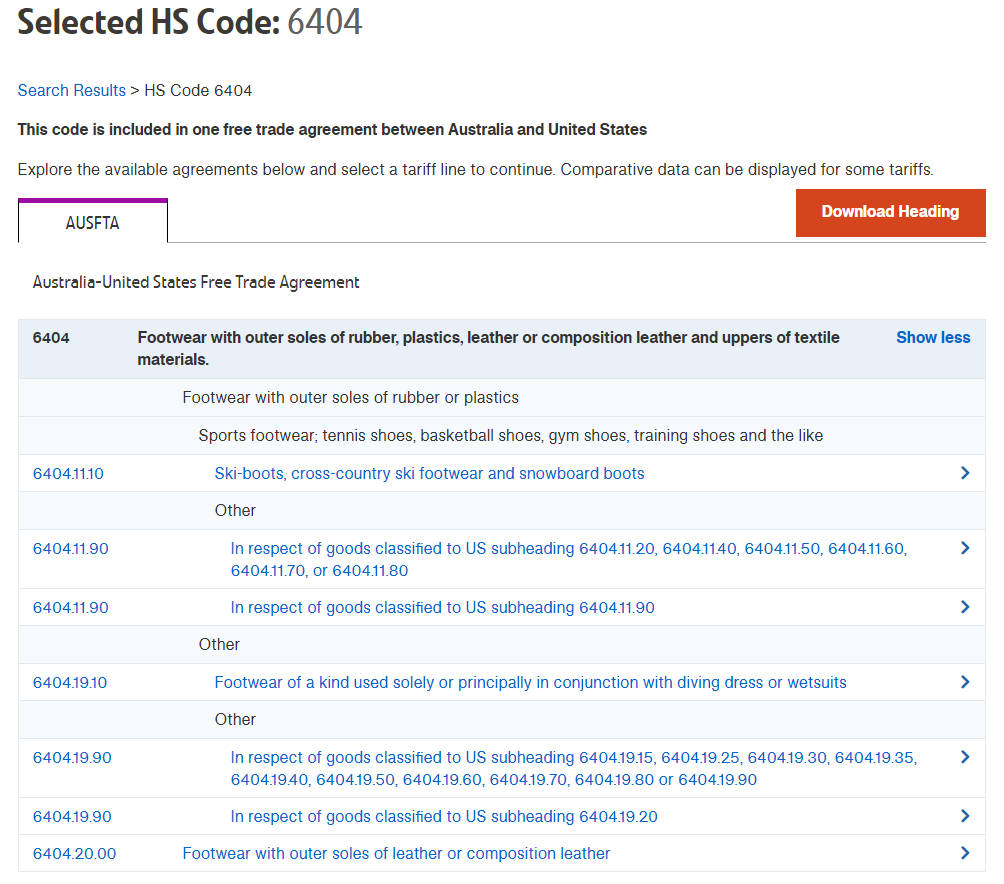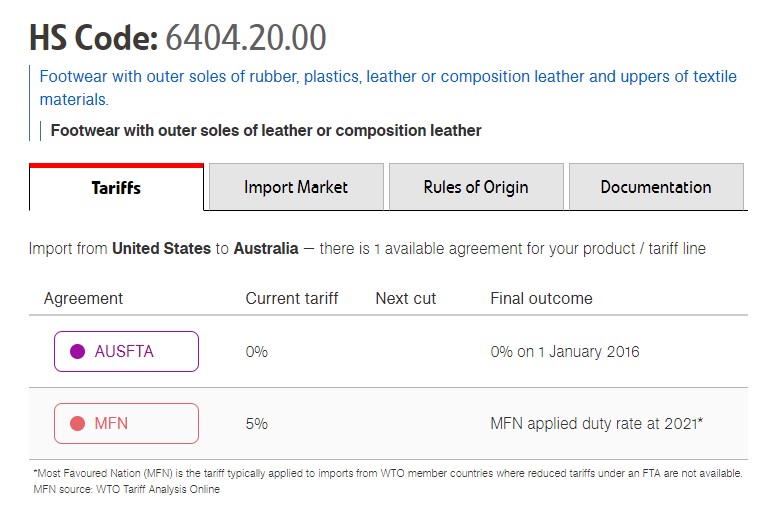The harmonised commodity description and coding system, also known as the harmonised system or HS Code, came into effect in 1988. This system is developed and maintained by the World Customs Organisation (WCO) for international trade.
The HS Code is used by more than 200 countries around the world for various export/import purposes. According to WCO, 98% of goods traded internationally are classified under the harmonised system.
What is HS Code?
The Harmonised System (HS) Code is a system of tariff nomenclature to classify internationally traded products. The Harmonised System Code recognises more than 5,000 commodity groups. These are categorised into 21 sections divided into 99 chapters. These chapters cover 1,244 headings and 5,224 subheadings.

In this system, different types of goods are assigned a six-digit code. This code is based on the following classification:
- First two digits for the Chapter.
- Third & Fourth digits for the Heading.
- Fifth & Sixth digits for the Subheading.
What is the Role of HS Codes in International Trade?
The HS code system is used by importers, exporters, shipping companies, and the customs clearance department of various countries to identify the goods. It is used to monitor and control the export and import of goods by government authorities, statistical agencies, and international trade organisations.
The HS codes are also used by different governing bodies to define various criteria for import and export. These include customs duties, taxes, rules of origin, a list of prohibited/restricted goods, customs procedures, trade regulations, and more.
This harmonised system code is necessary for many documents concerning international trade. These include export/import declarations, bills of lading, import/export permits, cargo reports, commercial invoices, and so on.
So if you are importing or exporting goods across international borders, you need to identify the HS Codes of the goods. You can use the HS code lookup tool provided on WCO’s website for this purpose.
Furthermore, you also need to consider the variations introduced in the system by different countries. For instance, you need to identify the 6-digit HS Code and a 4-digit Schedule B number to export goods from the USA.
How to Use the Australian HS Codes? (with Example)
If you are importing/exporting goods from Australia, you need to use the relevant Australian Harmonised Export Commodity Classification (AHECC) system, also known as the Australian HS Code.
AHECC is an extension of the WCO’s HS Code system and shares the same structure and hierarchy. It is an 8-digit system, where the first 6 digits come from WCO’s HS Code. However, the Australian HS Code system includes two digits at the end of the code for supplementary information.
For example, the HS code for shelled pecan nuts is 0802.90. However, the AHECC Code for the same commodity is 0802.99.11.
Let’s see how you can find out the applicable HS code for Australia to import and export goods.
How to Find Harmonised System Code for Australia?
You can use the DAFT Free Trade Portal to acquire the relevant Australian HS Code. You have to input the type of product, direction of trade, and origin/destination country. The HS Code lookup will directly show you the relevant headings for that product. You can skip searching for HS Code sections and chapters using this portal.
For example, if you input “shoes” to be imported to Australia from the USA. You will get the following headings.

You need to select the heading that best resembles your goods. From this example, we will pick the HS Code heading “6404”. The Australian HS Code lookup will show a list of subheadings (see the image below).

The subheadings are more specific in describing different types of products. This section shows the complete 8-digit Australian HS Codes for your goods.
However, for exporting certain types of goods, you also need to refer to this AHECC database provided by the Australian Bureau of Statistics to find HS Codes for export. Unlike the DAFT portal, you will have to go through this database manually, to acquire the relevant HS Code for Australian export.
You can download the database in excel format and search relevant AHECC code based on sections, chapters, headings, and subheadings.
It can be tiring to look for the code of one particular product in the database. So here is a little trick that will make your job easier. Use the DAFT portal to get the relevant HS Code subheading. Then you can directly search for the goods under that subheading in the AHECC database. This is an easier method to find HS Codes for Australian exports.
Where to Use the Australian HS Code?
You will need to use the harmonised system code in Australia for several import and export-related documents and procedures. You will need to provide the HS Code in Australia for the commercial invoice, bill of lading, cargo report, import/export declarations, import/export permits, certificates of origin, and so on.
The HS code is also necessary to find applicable customs duties, taxes, and other charges. The customs tariff classification in Australia follows the same structure as the HS Code. You need to search this database based on the HS tariff number (HS Code) of your goods. This will tell you the applicable customs rate and available concessions for those goods.
Alternatively, you can get the same information from the DAFT portal. Let’s continue with the above example and see the available information for HS tariff number 6404.20.00.

This tariff code lookup for Australia shows you the applicable customs rate for importing the product from the USA. It also shows the applicable trade agreement that dictates the tariff. The DAFT portal also shows you the criteria and documents required to qualify for the preferential customs rate.
Summing Up
The HS Codes hold great significance for international trade. You will need the six-digit HS Code of your goods for import/export documents, shipping, permits, and customs clearance. You will also need extended versions of HS Codes used by the importing and exporting nations. As discussed in this article, the Australian HS Code system uses an 8-digit format.
These codes are necessary to determine customs duties, applicable taxes and legal compliance. Furthermore, you can also use the HS Codes in Australia to check if your goods are eligible for any benefits or preferential treatments. You can use the tariff code lookup on Australia’s DAFT Free Trade Portal to get relevant information regarding imported/exported goods.
Image source: Levity, DAFT Free Trader Portal
